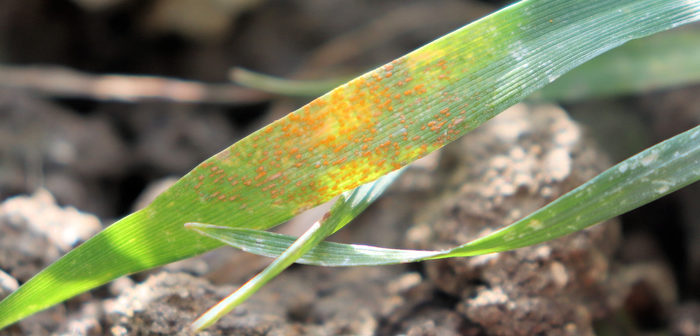Recent changes to wheat rust disease resistance ratings might be associated with new pathotypes that have unique patterns of infection, according to a AHDB.
An update on the UK cereal pathogen population featured at the UKCPVS Stakeholder Event in Cambridgeshire on 4 March 2020, which reported unexpected levels of what rust in the UK Cereal Pathogen Virulence Survey (UKCPVS)
Wheat yellow rust results
Most varieties known to be relatively resistant to yellow rust (ratings 7–9) continued to perform well in the 2019 inoculated trials. In some commercial crops during 2019. However, higher than expected levels of yellow rust were reported. Some untreated RL trials also exhibited an unusually high level of infection on some varieties.
Catherine Harries, who manages disease research at AHDB, said: “There were some changes in varietal performance in 2019. However, these were highly localised, with no consistency seen across trials. As a result, no major changes to disease ratings were seen in the RL 2020/21.”
Amelia Hubbard, who conducts the yellow rust tests at NIAB, said: “We received 243 samples in 2019, with relatively high numbers from the west of England, Yorkshire and Scotland, in addition to samples from the usual Lincolnshire and East Anglia hotspots.”
Wheat brown rust results
Crops exhibited moderate levels of wheat brown rust in 2019, with 55 samples sent to UKCPVS, with most being send in June and July. The brown rust population proved diverse and seedling differential tests identified 12 new pathotypes.
AHDB advises that because of the highly dynamic nature of rust populations, all varieties should be monitored closely and unexpected disease levels reported to the UKCPVS.




